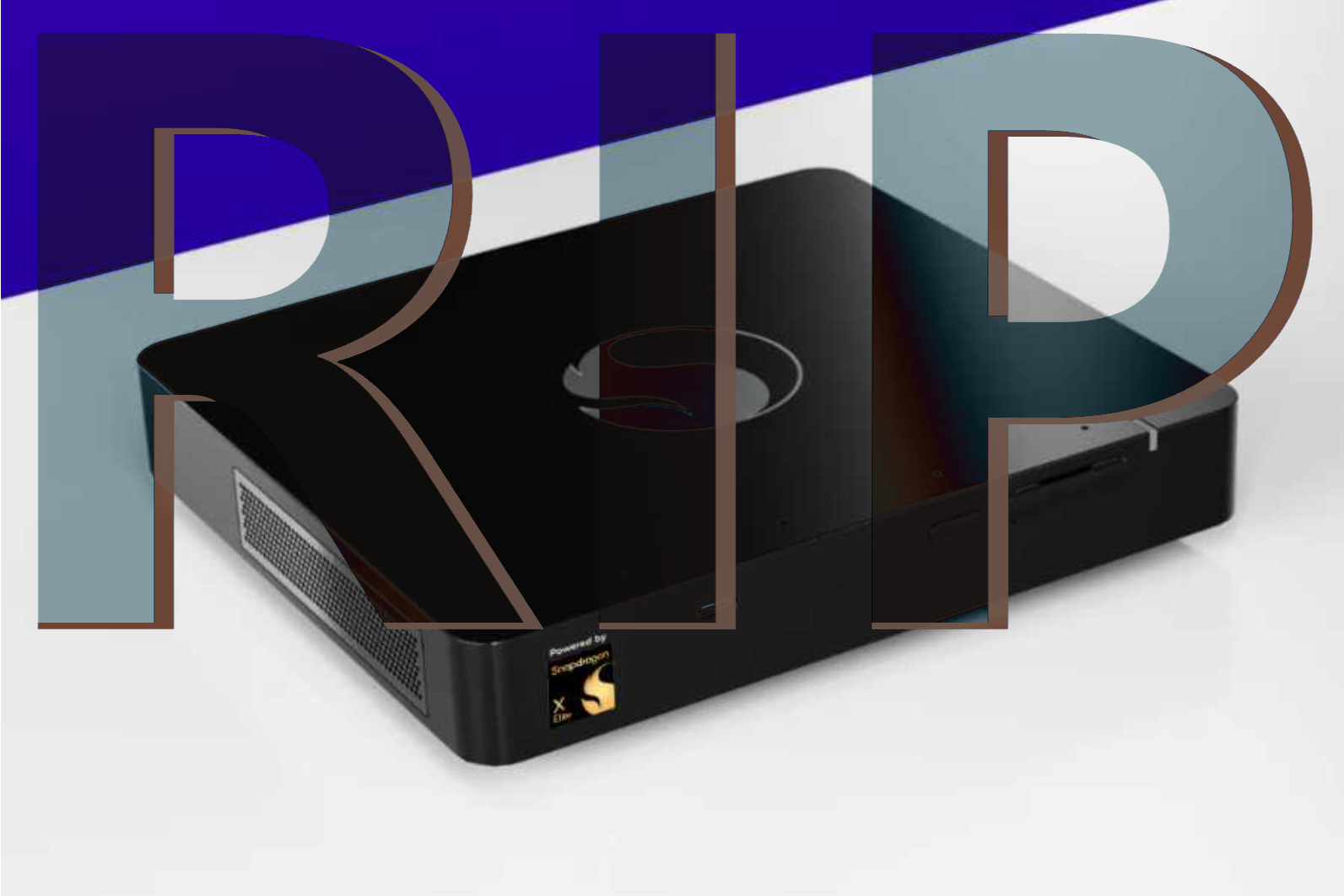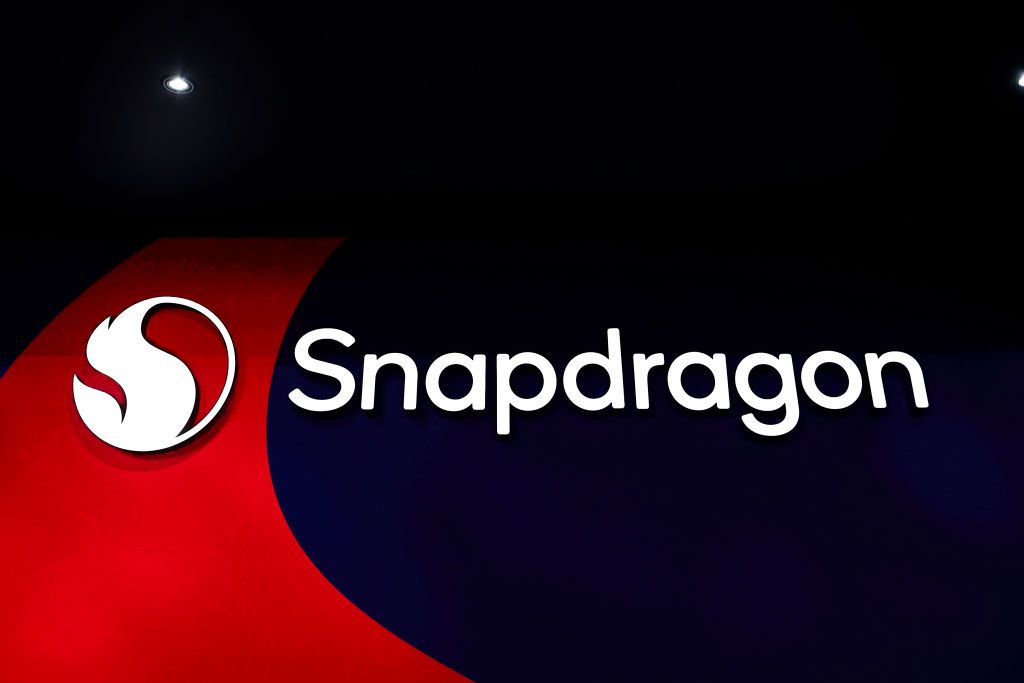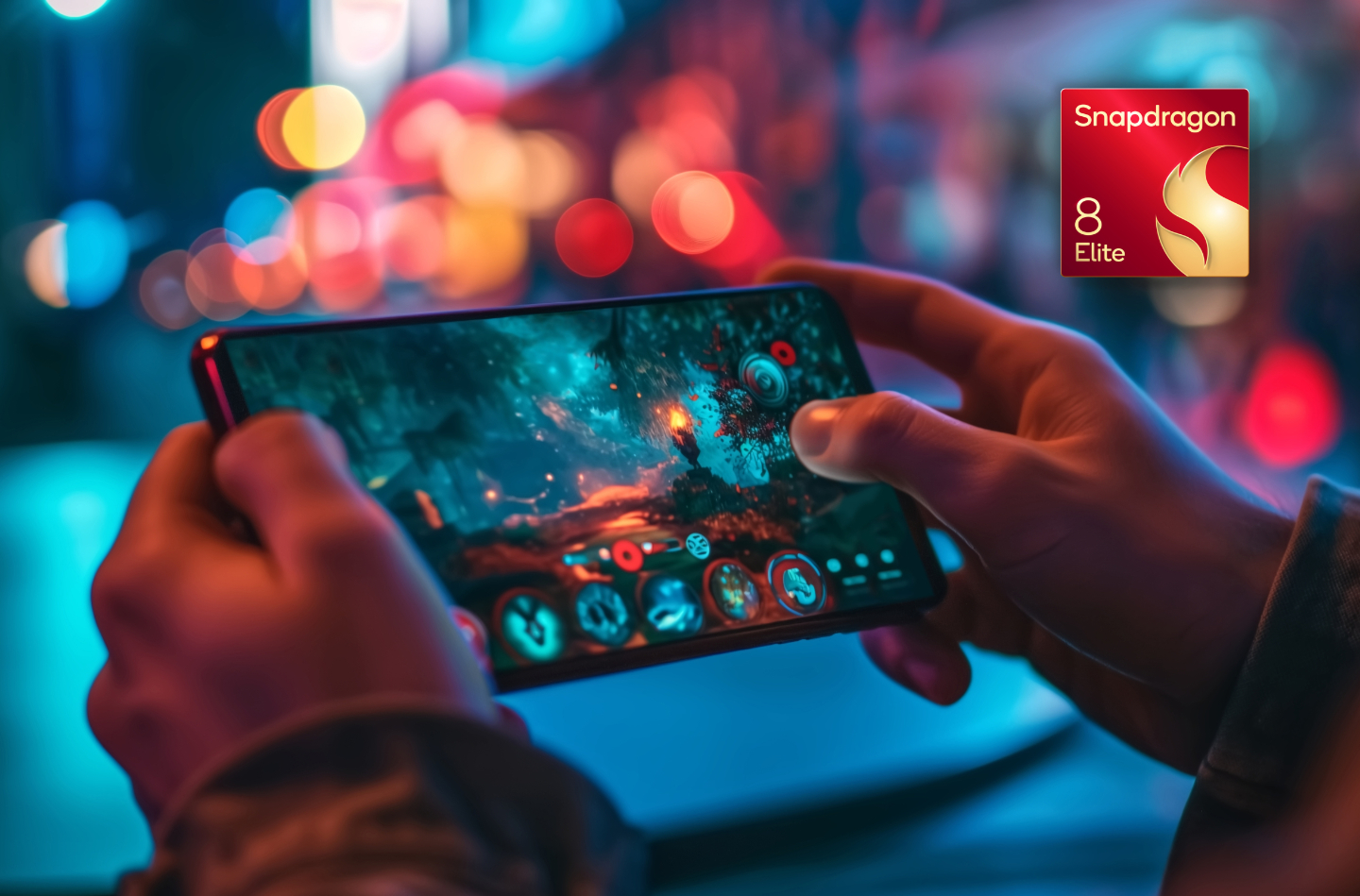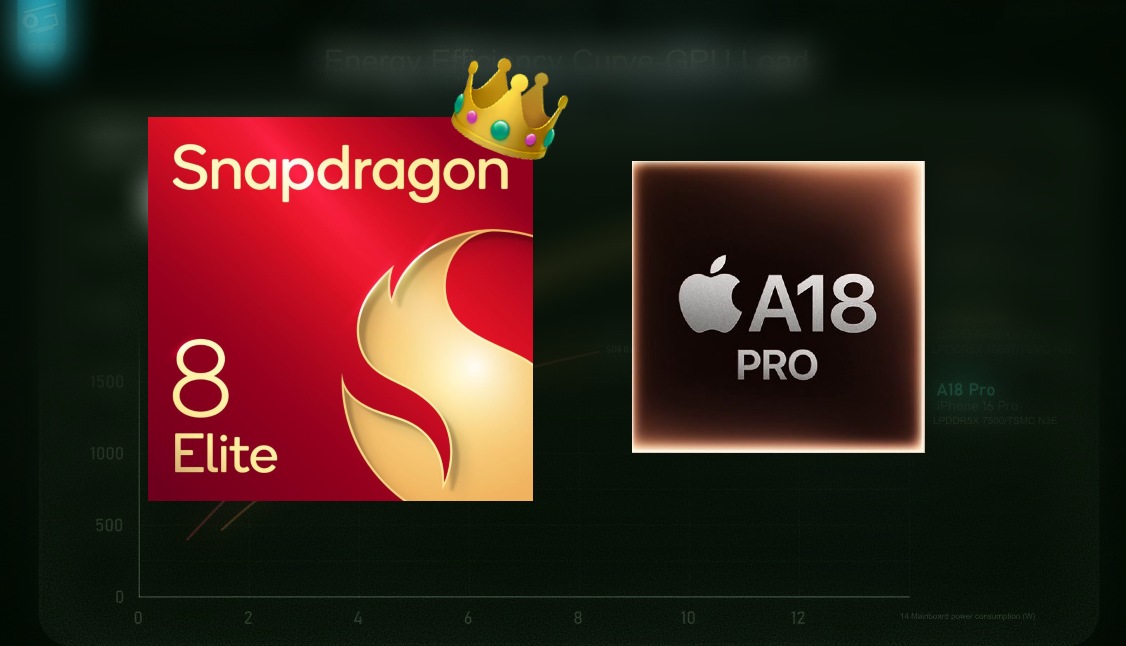It’s funny how much Intel is throwing at this just like I said. They’re beating QC on Perf/W ST in one benchmark — SpecInt.
Also:



Ignore the Apple comment, they are basically the same thing here. Just think of these as clusters per se or tiers.
This Geekerwan measurement with the Galaxy Book 16 in *Linux* Andrei said was not advised for power reasons both in idle (shows as you see — a .6W platform floor for Intel or so and a 1.8-2W floor for Qualcomm, but there’s a caveat *). Intel wins perf/W ST in SpecInt, Qualcomm wins the SpecFP results but by much more.
Given the GB16 is like the worst implementation out there I think this looks fine tbh.
*I believe his measurements were right in this specific case with the Lenovo or Asus Lunar Lake VRM monitoring vs The Galaxy Book VRM, but I am confident this includes some Samsung idiocy on a platform level whatever that may be or Linux like Andrei said.
Why?
Because A) Andrei but B) we have the XPS 9345 with Lunar Lake and The X Elite built to largely identical standards and power efficiency targets and both have similar web browsing and offline video playback in the 26-29 hour range under ideal constraints.
If you take Geekerwan’s idle floor at face value for the chips themselves and motherboard platforms in general it doesn’t make sense, .6 or so watts for Intel vs 1.8 for Qualcomm as an inherent mobo trait is going to be very influential in idle for video offloading even marginally in web browsing. QC’s probably isn’t perfect and I don’t mind them not being at Apple levels broadly but this is fishy.
In the one head-to-head test, what we actually see both from Dell’s own XPS 9345 stats (on Windows… too) is the Lunar Lake and Qualcomm X Elite laptops (display controlled etc, FHD) are similar (upper 20 hours) and — in laptopmag and tomsguide automated web browsing testing with plenty of idle, here are the results between them:


So I think the idea Linux and the Galaxy Book 16 sucks is almost certainly correct. It simply would not be possible for Qualcomm to get 26-29 hours of video playback in a 50-55whr battery just like Intel with Lunar Lake in the same laptop, much less match or beat them in two entirely separate web browsing tests in the same laptop if their overhead was that much higher (unless you claim a really inefficient active power from Intel which, yes okay but in video playback? And right when they’re using e cores for like 80% of tasks? Lol no.)
Anyway.
I feel pretty reasonable saying it’s clear who’s punching above their weight and who likely has more in store. QC isn’t even using E Cores nor N3 yet which would push power down meaningfully and battery up and as the 8 Gen 4 is likely to show, the standard frequencies achievable with reasonably dense N3B and N3E is pretty solid — if the X Elite were on N3B, I bet starting clocks would be 3.8-4GHz, peak probably 4.7 permitting timing but they had some slack it seems. It’s weird people think Lunar Lake is anything but a temporary lull in mindshare and revenue.
It's not at the top vs Apple, and it certainly isn’t cost competitive. Lunar Lake Graphics is nice but not a huge deal in context of the long arc here.
Also:
Ignore the Apple comment, they are basically the same thing here. Just think of these as clusters per se or tiers.
This Geekerwan measurement with the Galaxy Book 16 in *Linux* Andrei said was not advised for power reasons both in idle (shows as you see — a .6W platform floor for Intel or so and a 1.8-2W floor for Qualcomm, but there’s a caveat *). Intel wins perf/W ST in SpecInt, Qualcomm wins the SpecFP results but by much more.
Given the GB16 is like the worst implementation out there I think this looks fine tbh.
*I believe his measurements were right in this specific case with the Lenovo or Asus Lunar Lake VRM monitoring vs The Galaxy Book VRM, but I am confident this includes some Samsung idiocy on a platform level whatever that may be or Linux like Andrei said.
Why?
Because A) Andrei but B) we have the XPS 9345 with Lunar Lake and The X Elite built to largely identical standards and power efficiency targets and both have similar web browsing and offline video playback in the 26-29 hour range under ideal constraints.
If you take Geekerwan’s idle floor at face value for the chips themselves and motherboard platforms in general it doesn’t make sense, .6 or so watts for Intel vs 1.8 for Qualcomm as an inherent mobo trait is going to be very influential in idle for video offloading even marginally in web browsing. QC’s probably isn’t perfect and I don’t mind them not being at Apple levels broadly but this is fishy.
In the one head-to-head test, what we actually see both from Dell’s own XPS 9345 stats (on Windows… too) is the Lunar Lake and Qualcomm X Elite laptops (display controlled etc, FHD) are similar (upper 20 hours) and — in laptopmag and tomsguide automated web browsing testing with plenty of idle, here are the results between them:
So I think the idea Linux and the Galaxy Book 16 sucks is almost certainly correct. It simply would not be possible for Qualcomm to get 26-29 hours of video playback in a 50-55whr battery just like Intel with Lunar Lake in the same laptop, much less match or beat them in two entirely separate web browsing tests in the same laptop if their overhead was that much higher (unless you claim a really inefficient active power from Intel which, yes okay but in video playback? And right when they’re using e cores for like 80% of tasks? Lol no.)
Anyway.
I feel pretty reasonable saying it’s clear who’s punching above their weight and who likely has more in store. QC isn’t even using E Cores nor N3 yet which would push power down meaningfully and battery up and as the 8 Gen 4 is likely to show, the standard frequencies achievable with reasonably dense N3B and N3E is pretty solid — if the X Elite were on N3B, I bet starting clocks would be 3.8-4GHz, peak probably 4.7 permitting timing but they had some slack it seems. It’s weird people think Lunar Lake is anything but a temporary lull in mindshare and revenue.
It's not at the top vs Apple, and it certainly isn’t cost competitive. Lunar Lake Graphics is nice but not a huge deal in context of the long arc here.





